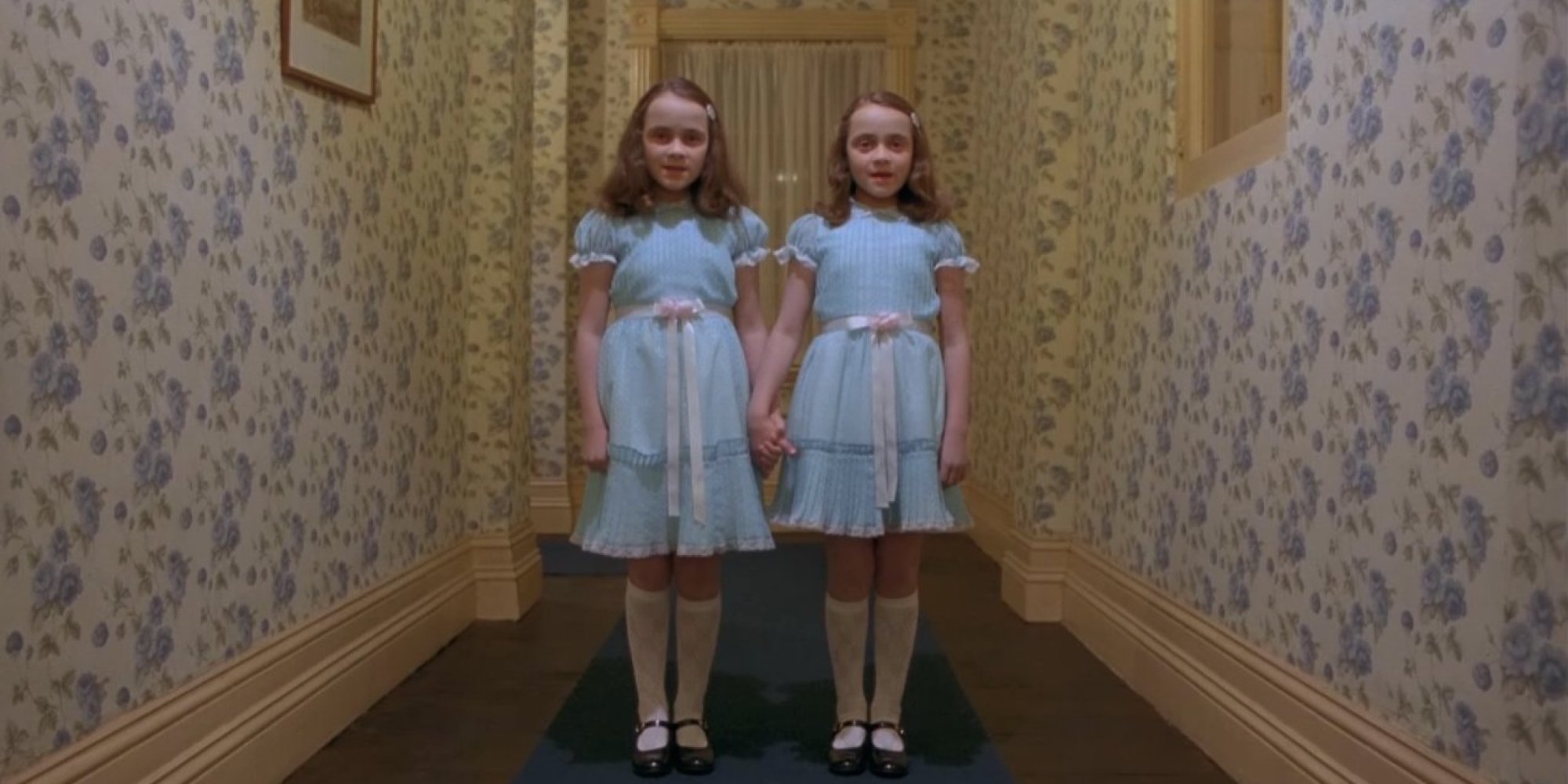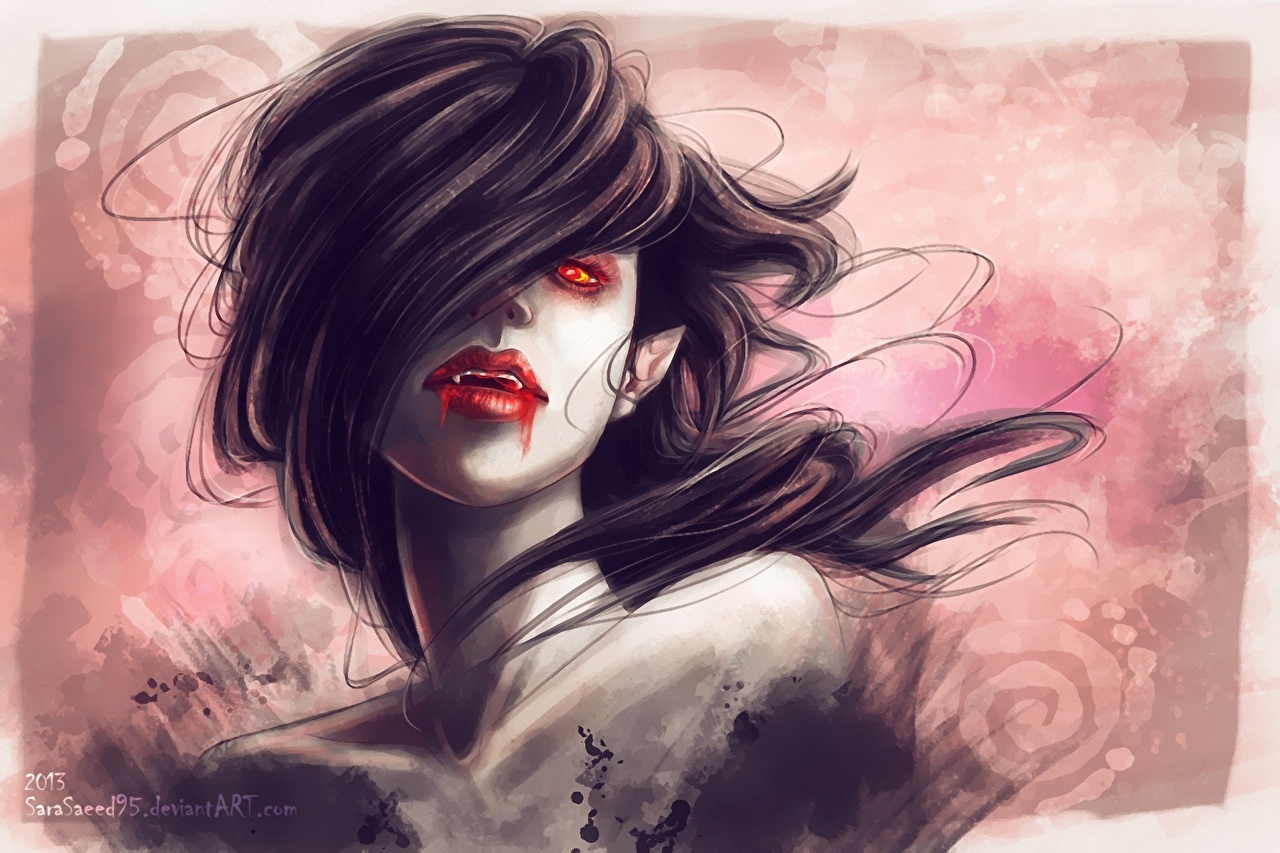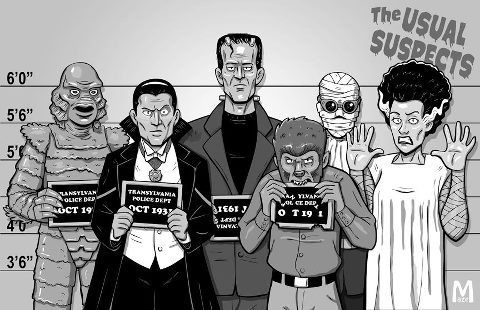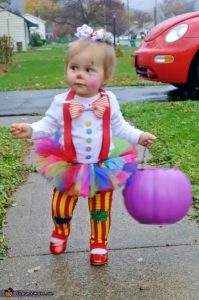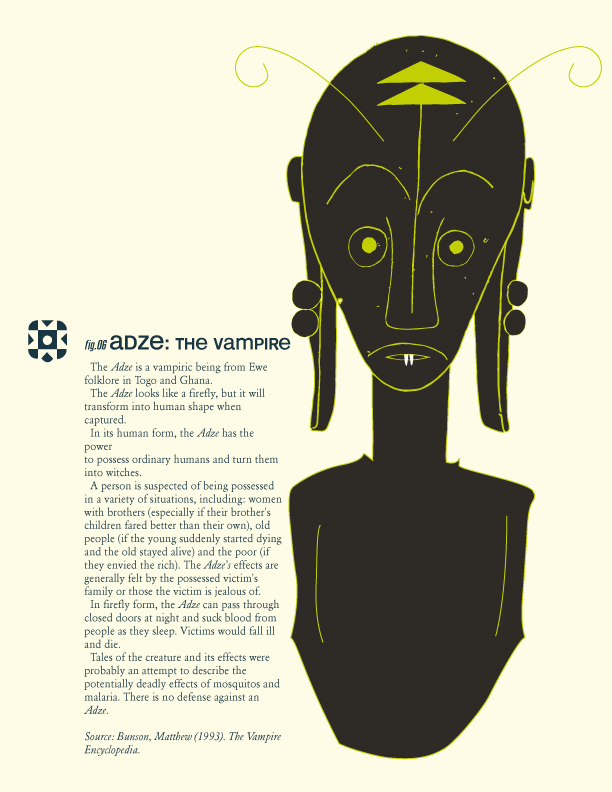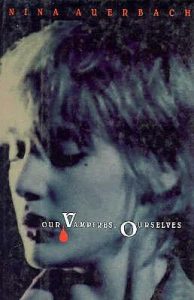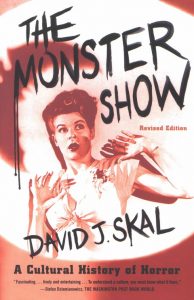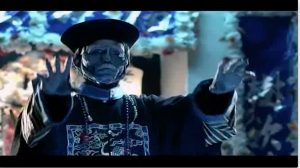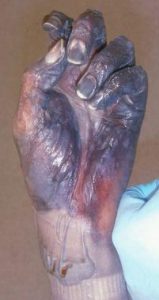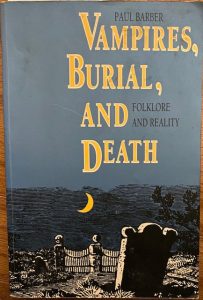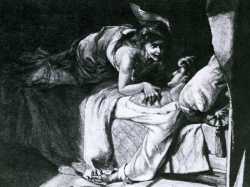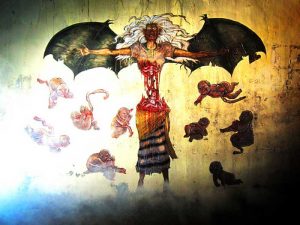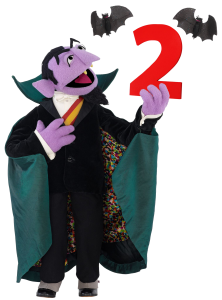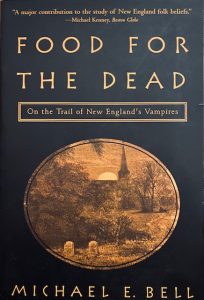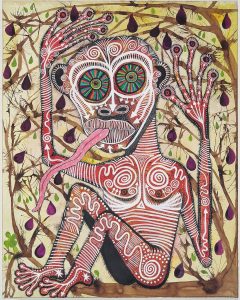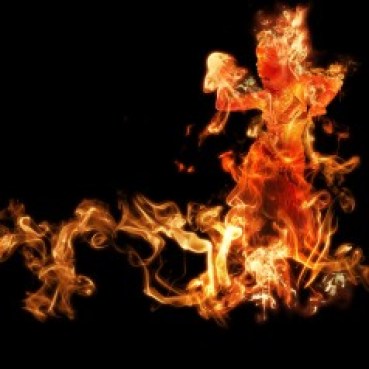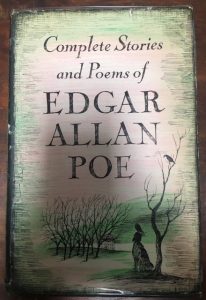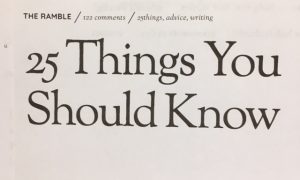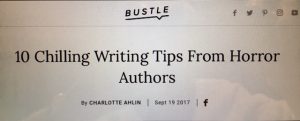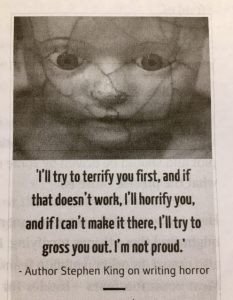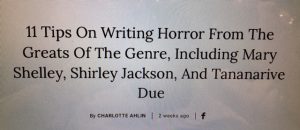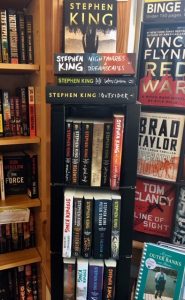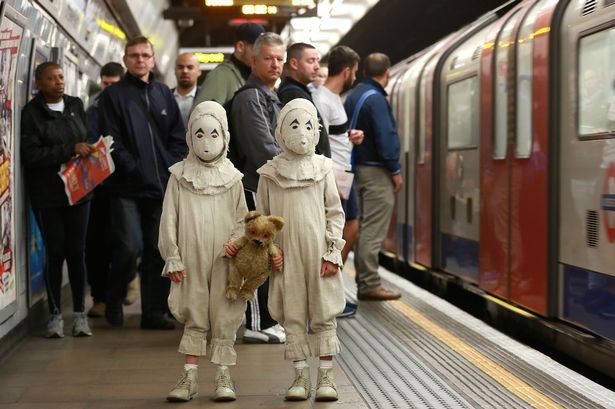
Today’s blog entry was written by Kathleen Corcoran, a local harpist, teacher, writer, editor, favorite auntie, and reluctant sister, niece, and granddaughter of twins.
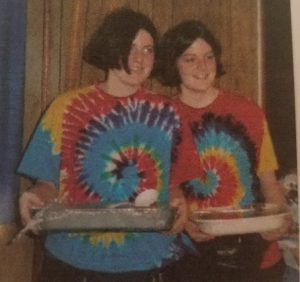
Duomaieusiophobia (literally the fear of double childbirth) is the scientific name for the fear of twins, though it can refer to the fear of any multiple birth. Twins are a very common element in movies and TV, whether identical, fraternal, or imaginary.
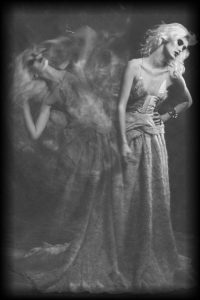
In the horror genre, twins often serve to add an extra element of creepiness even if their relationship is not the primary driver of the plot. Consider the twin girls in The Shining or the Merovingian’s twin assasins in The Matrix: Reloaded. Though they are minor characters, their appearance on screen is chilling.

A big factor for this (beyond saving money by only paying one actor for two roles) comes down to our own subconscious: twins pose a threat to our understanding of self-identity and to the way the world works. In some cultures, twins are seen as lucky or even venerated as having a direct link to the divine.

In other cultures, twins are seen as the result of or the bringers of evil and are ritually killed. At either end, twins are outside of the norm.
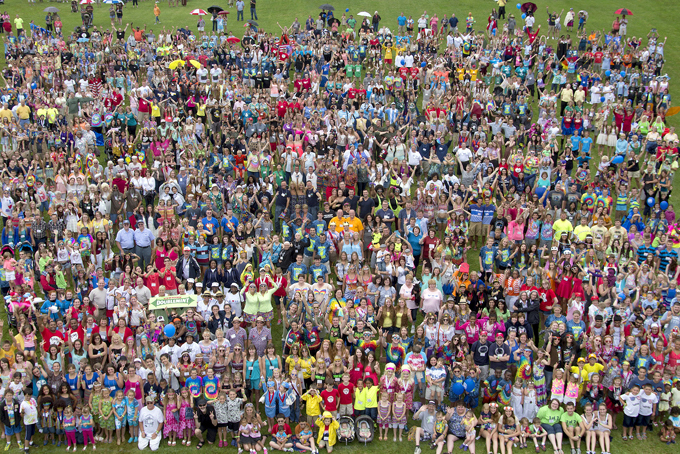
The Evil Twin
Anthropologists have theorized that twins were originally seen as personifying the duality of nature – day and night, summer and winter, birth and death, etc. This carried over into mythology, in which twins often played opposite roles, such as Apollo and Artemis controlling the sun and the moon. Opposite moralities are also a common element in mythology; one twin is good and the other is evil: Cain and Abel, Romulus and Remus, etc.

Many horror movies play on this trope. Twins are identical in every way except for the body count. This idea is so common that an entire page of TVTropes is dedicated to good and evil twins or clones. My sisters like to claim that they are both the evil twin.
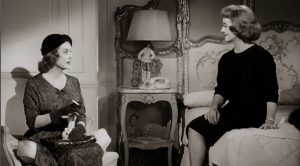
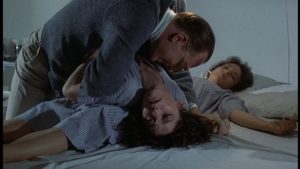
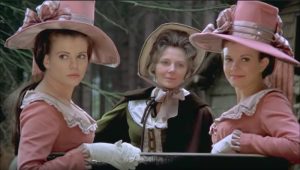
Closely linked to the idea of one twin being good and the other evil, there is a common theme of one twin taking the other’s place. In comedies, this generally results in zany hijinks, as when the Marx brothers all put on Groucho Marx’s iconic mustache and glasses and caused mayhem all over the mansion in Duck Soup.
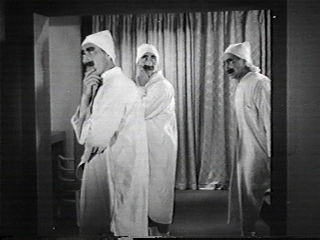
In horror movies, the evil twin generally steps into the life of the good twin for personal gain or allows the good twin to take the fall for nefarious deeds.

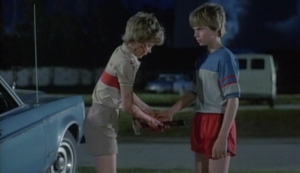
The Devil’s Double (2011) features both the good/ evil twin trope and the impostor/ scapegoat trope as well as being based on a true story. Dominic Cooper plays Saddam Hussein’s son Uday as well as the soldier called up to be Uday’s fedai (a political decoy and body double).
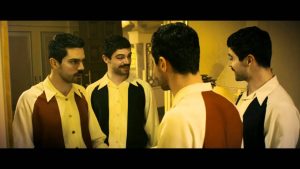
Both Twins Are Evil
In many areas of the world, particularly West Africa, twins (or triplets or quadruplets) are viewed as harbingers of doom or even inherently evil. Chinua Achebe’s novel Things Fall Apart mentions the village custom of abandoning twins in the forest to die. Some even blame the devastating 2016 earthquake in Tanzania as the work of angry twins.
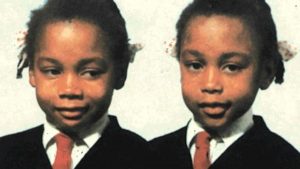
Despite a concerted effort by government and foreign aid groups, twins in Nigeria and Madagascar are frequently buried alive with their mother or sealed in a room to starve to death. Though for different reasons, Hollywood shares many of these ideas of twins being unnaturally synchronized, lacking empathy for all others, possessing some form of supernatural ability, or even providing a gateway for evil spirits or ghosts.
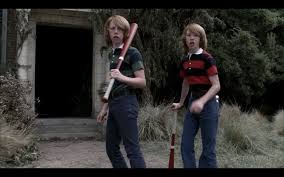
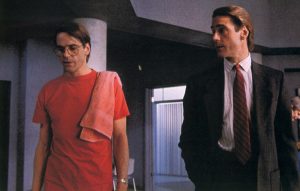
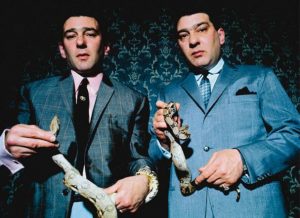
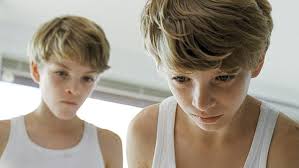
Twins Separated or Left Alone
Because twins are so close, strange things tend to happen when they are raised separately or when one dies. This is often called the Twinless Twin effect, and it touches the parents of twins and other siblings as well as the twins themselves. Both Elvis Presley and Liberace lost a twin very early in life, and they both cited their missing twin as having a major influence on their creative work.
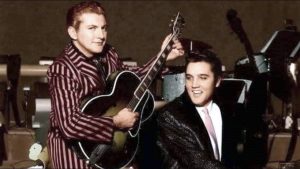
This particular grief felt by twinless twins, coupled with the assumption of twins’ psychic link, creates perfect fodder for horror movies. Several of the films listed above have a surprise ending in which it is revealed that one twin has already died and is a hallucination or delusion of the remaining twin. No spoilers!
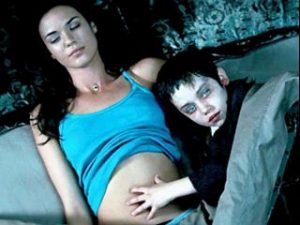
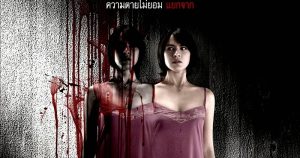
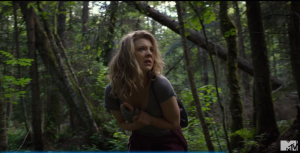
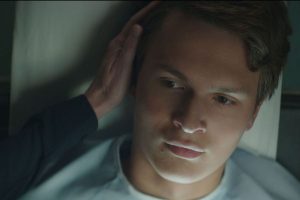
Every year, at the Twins Days Twins Festival in Twinsburg, Ohio, an entire section of the festival grounds is set aside for researchers looking for volunteers. Twins throw balls into cups, test their memories, fill out questionnaires about mental health, and let themselves be weighed, measured, observed, and questioned to shed light on all those pesky questions people can’t answer by experimenting on babies.

Scientists are fascinated by twins because of what they can reveal about genetics and the role of environment in supposedly hereditary traits. Anthropologists are fascinated by twins because of what they can illustrate about a culture’s understanding of self-identity. Doctors are fascinated by twins because of what they can demonstrate about the contraction or treatment of illness.
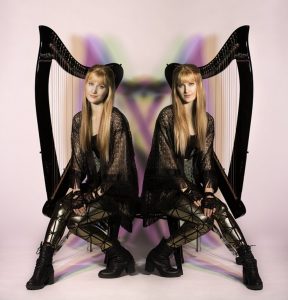
Artists, filmmakers, writers of any sort are fascinated by twins because of what they can show us about human nature, because of the opportunity for wacky confusion, because they have a bond that is very rarely found in any other grouping of characters. Twins are a source of comedy, drama, terror, tenderness, and every other aspect of writing… doubled!

